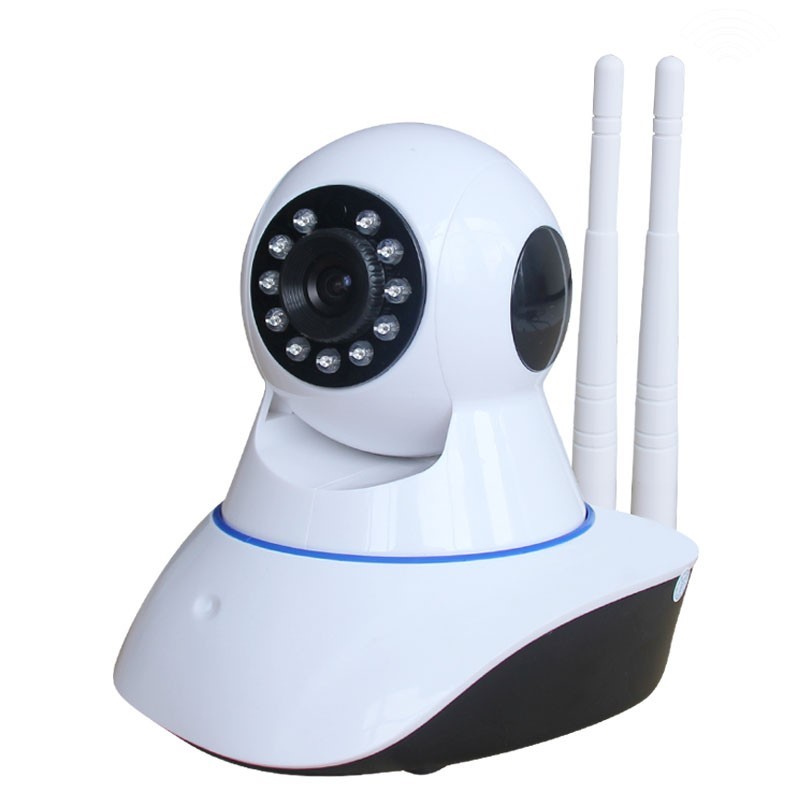The surveillance technology of CCTV cameras has existed for a long time now. The earlier versions used to be analog cameras and corresponding hardware. However, newer cameras are completely digital. There are hardly any analog systems in use today, except some low priority old systems in slow-moving organisations which never got funds to upgrade. Among digital cameras, the newest type of cameras are the IP CCTV cameras. Let us take a look at some of the reasons why these cameras are superior to other types.
Open standards
IP CCTV cameras use Transfer Control Protocol/Internet Protocol (TCP/IP) to transfer the video data. This is an open standard. This allows you to pair any IP camera with any IP compatible DVR or computer from any other manufacturer.
 Digital image processing options
Digital image processing options
IP camera transmits digital video over IP protocol. This video image is easy to pass through an image processing program on a computer. Thus, you have options to add additional image processing abilities in the future such as automatic license plate reading or facial recognition.
Low cost
The market for IP camera is very crowded. This means that there is a lot of competition and you can get a decent camera for a very cheap price.
Wireless network connectivity
Some IP cameras have the option to connect to your Wi-Fi network directly. On the other end, you need a computer connected to the same network running the required software. Hence, as long as you have a power outlet near the camera, you don’t need to run wiring through your premises.
Ease of use
Several IP cameras are very easy to use. You need to have them connected to your LAN via Wi-Fi or Ethernet connection and have a computer on the same network running the required app. Some manufacturers also add the ability to remotely monitor the cameras via the internet on your mobile phone or a distant computer. This functionality is built into the software.
Scalability
You can add as many IP cameras in your network as you like, as long as your networking equipment can handle it. Even for cheap routers, up to a dozen cameras should not be a problem. If you have professional grade networking, you can add hundreds or thousands of cameras.

